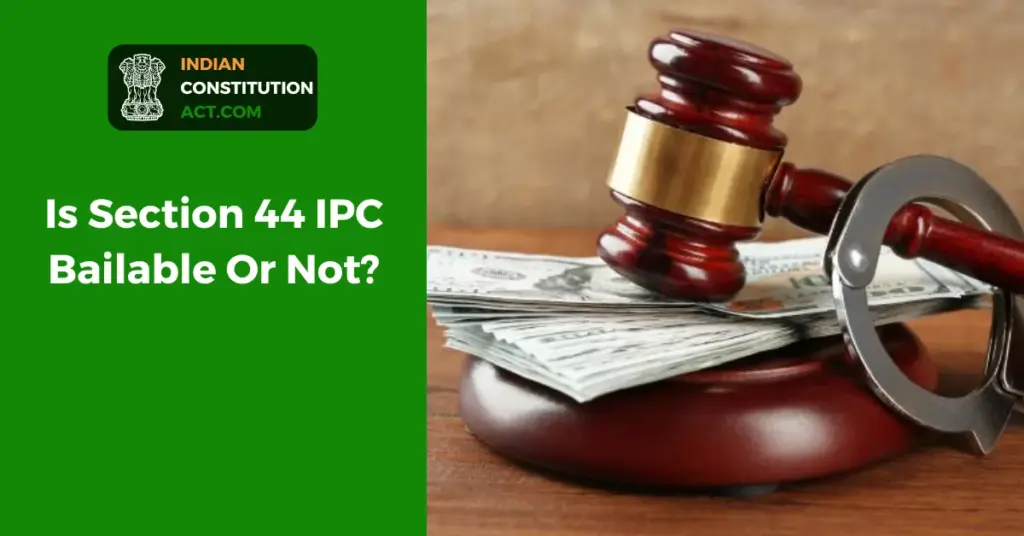Well, there is no doubt that all the IPC sections are important. But Section 44 is one of the important sections of the Indian Penal Code. This section offers knowledge regarding the law and its provisions. Further, the section defines the offense and also describes its charges. So let us know what Section 44 of the IPC says about injury.
Table of Contents
What Is Section 44 Of The IPC?
Section 44 is listed under the name ‘Injury’ in Chapter 16 of the Indian Penal Code. This section explains action against all those crimes in which any human body is harmed. It states that:
“Every act which causes injury to any person, by doing any harm to any person, or by any means good, or by any means evil, and is, therefore, an offense against the human body, shall be an offense against the person by whom it is done.”
In simple words, Any crime that causes injury or wound to any person will come under this section. Additionally, do not think that if you have caused injury for a good purpose, you will be saved and no criminal charges will be imposed on you.
Is Section 44 IPC Bailable Or Not?

Bail means that the criminal is released from police custody and it is ensured that whenever there is a trial, the criminal reaches there on time. In this case, the criminal sometimes gets the bail and sometimes not. This happens because sometimes the victim has not suffered much harm, in such a case bail is approved by the court. And if the victim has suffered a huge loss then the court also rejects the bail application.
Also read: What Is Section 307 IPC? Examples And Punishment
Section 44 IPC Punishment
If the accused has seriously injured the victim then the punishment can be 7 years, life imprisonment, or both. Further, If the accused has caused injury to any person but the injury is not life-threatening then in this case the accused shall be punished with imprisonment of either description for a term which may extend to six months, fine, or both.
Classification Of Injuries
There are so many ways through which you can cause harm to someone. Similarly, there are many types of wounds like serious wounds, minor wounds life-threatening wounds, etc. Section 44 also magnifies the various types of injuries.
- Simple Injury: Simple injury means hand injury, leg swelling, hand bruises, etc. In other words, in which no one has suffered any major injury.
- Life-threatening Injury: Life-threatening injury is one in which someone’s life is in danger. These types of injuries come under section 320.
Also read: Section 420 Of IPC The With Example
Is Section 44 a cognizable offence or a non-cognizable offense?
This is a non-cognizable offence. Even if the accused has caused damage, the police cannot arrest the accused without a warrant.
You should know what is the meaning of cognizable offence and non-cognizable offence. Let us tell you that the offence in which the police can arrest you directly from your house, that too without any warrant, is called a cognizable offense. There is a non-cognizable offence in which no police officer can arrest you without a warrant. And there are many such crimes in our constitution in which the police cannot arrest you without a warrant.
